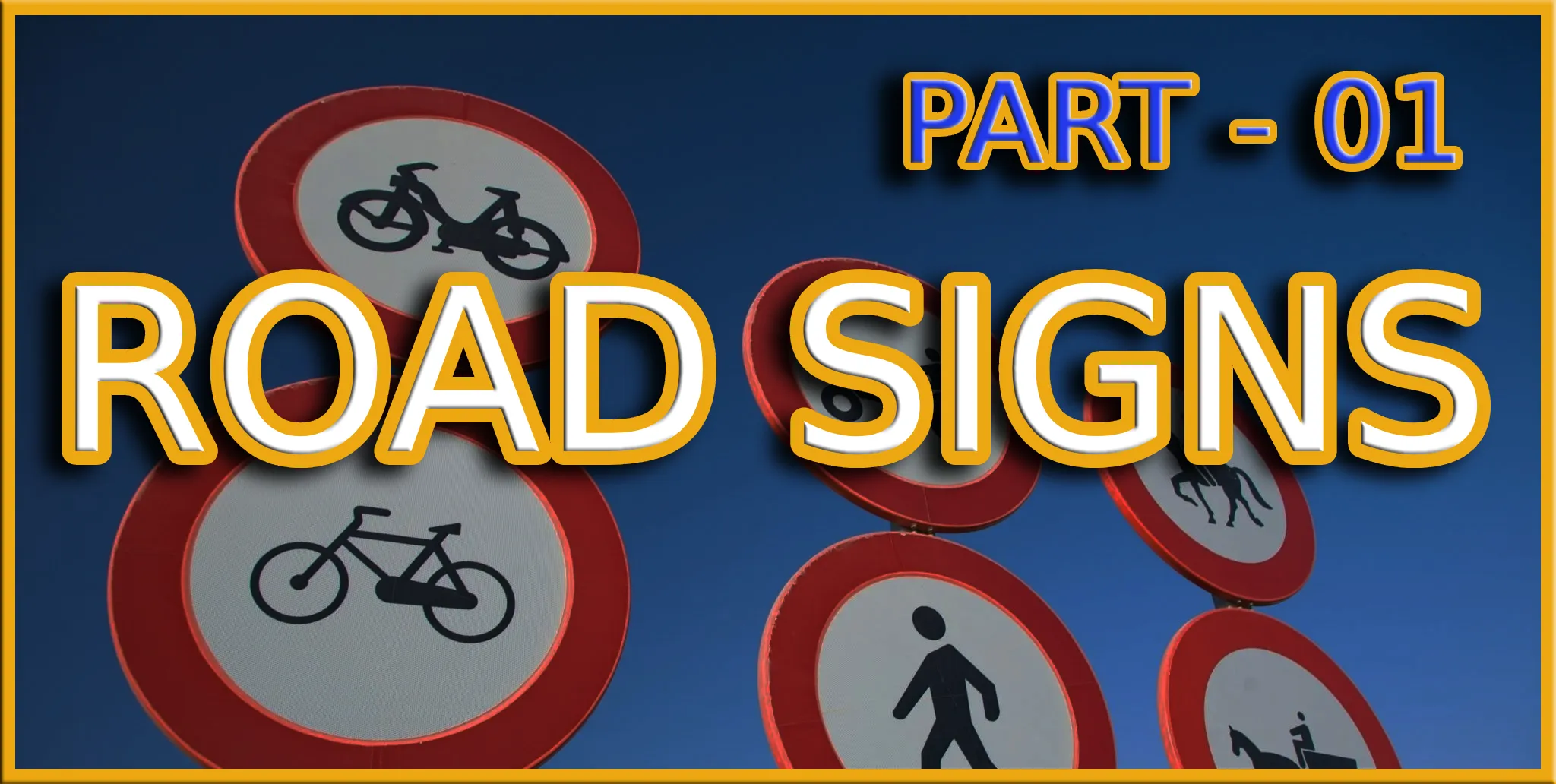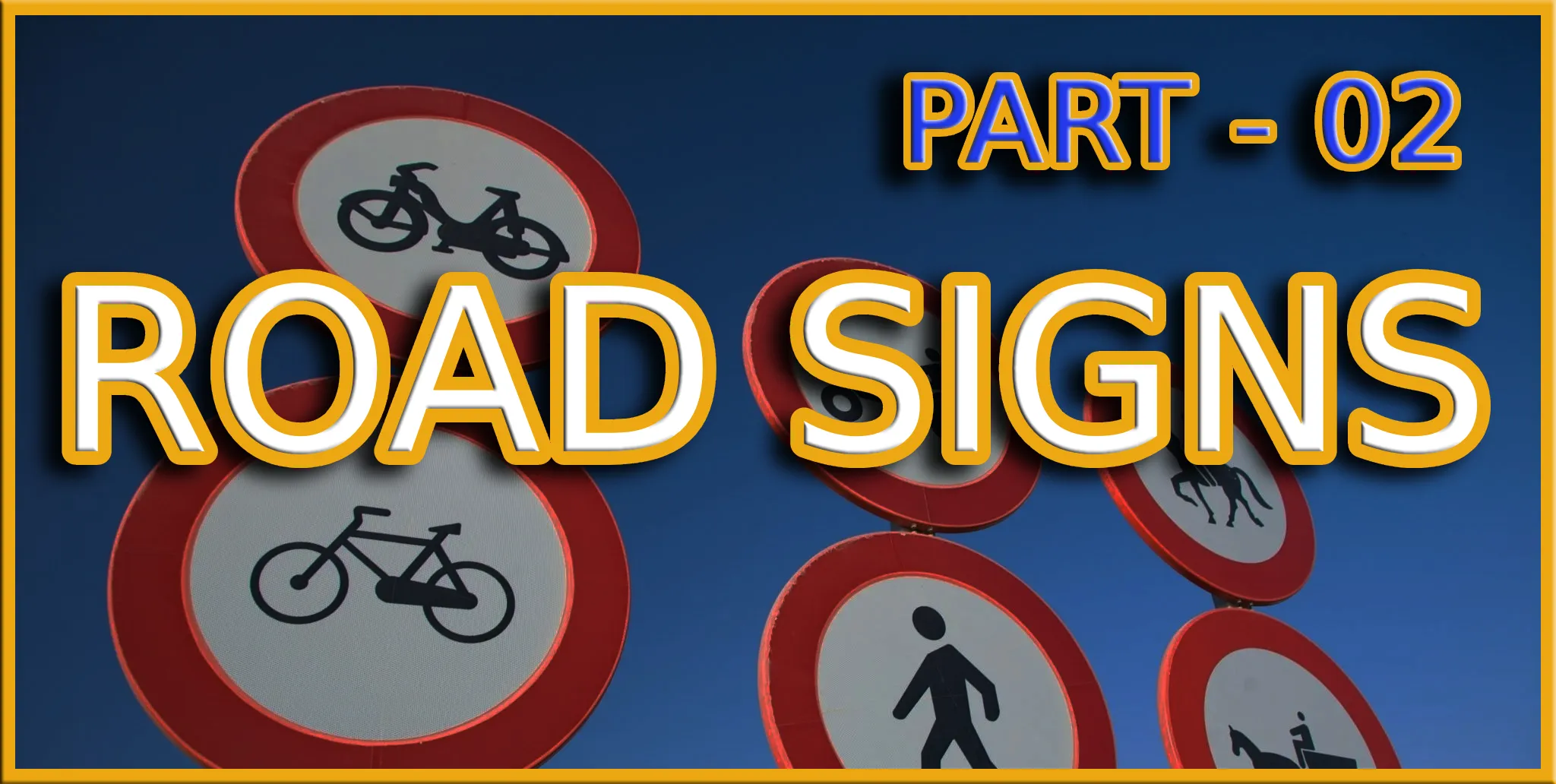4-Way Stop Sign: Who Has the Right of Way?
Have you ever wondered who has the right of way at a 4-way stop sign? Well, let’s investigate this theory and shed some light on the matter.
Understanding the rules of right of way at a 4-way stop is crucial to ensure smooth traffic flow and prevent accidents. By following a few simple guidelines, you can navigate these intersections with confidence.
This introduction will provide you with the necessary information to determine who goes first and how to handle conflicting situations. Additionally, we will discuss common mistakes to avoid and provide some helpful tips for a seamless experience at 4-way stops.
So, let’s delve into the world of 4-way stop right of way, and become a master of these intersections!
Basic Rules of a 4-Way Stop
When approaching a 4-way stop, remember to yield the right of way to the vehicle on your right. This is a fundamental rule of traffic intersection etiquette that ensures a smooth flow of vehicles and minimizes the risk of accidents.
At a 4-way stop, all vehicles arrive at the intersection simultaneously, and it can be confusing to determine who should proceed first. However, by following the right-of-way rules, you can navigate these intersections with ease.
To determine who’s the right of way, consider the following guidelines. If two vehicles arrive at the same time, the vehicle on the right has the right of way. If two vehicles are facing each other and are signaling to turn in opposite directions, both vehicles can proceed simultaneously. When two vehicles are facing each other and are signaling to turn in the same direction, the vehicle going straight has the right of way over the turning vehicle.
Understanding Right of Way Hierarchy
To understand the right-of-way hierarchy, you need to know the rules that determine which vehicles have priority at intersections. One important aspect of the right of way hierarchy is the right of way in roundabouts.
In a roundabout, vehicles already inside the roundabout have the right of way over entering vehicles. This means that if you’re approaching a roundabout and there’s traffic already circulating within it, you must yield and wait for a safe gap before entering. Roundabouts are designed to improve traffic flow and reduce the likelihood of severe accidents, so it’s crucial to understand and follow the right-of-way rules in these intersections.
However, it’s important to note that there are exceptions to the right-of-way rules. Emergency vehicles, such as ambulances or fire trucks, always have the right of way, regardless of the intersection or traffic signal. Additionally, pedestrians have the right of way at marked crosswalks or intersections with pedestrian signals. It’s crucial to be aware of these exceptions and always prioritize the safety of others when navigating intersections.
Understanding the right of way hierarchy is essential for safe and efficient traffic flow. By knowing the rules and exceptions, you can navigate intersections confidently and responsibly, ensuring the safety of both yourself and others on the road.
How to Determine Who Goes First
To determine who goes first at an intersection, understand the right-of-way hierarchy and follow the established rules. Determining priority and establishing the right of way is crucial for maintaining order and safety on the roads.
The general rule is that vehicles must yield to those who have the right of way. At a four-way stop, the vehicle that arrives first has the right to proceed first. If multiple vehicles arrive at the same time, the vehicle on the right has the right of way.
In situations where a driver is turning, they must yield to oncoming traffic and pedestrians. Pedestrians, on the other hand, always have the right of way at marked crosswalks and intersections, unless otherwise indicated.
It’s important to be attentive and follow the signals and signs that regulate traffic flow. Failure to yield the right of way can result in accidents and potential harm to oneself and others.
Always remember to drive defensively and respect the established rules to ensure a smooth and safe traffic experience for everyone involved.
Dealing With Conflicting Situations
When faced with unexpected lane changes, it’s important to remain calm and assess the situation.
Look for any hand signals or indicators that may help determine the other driver’s intentions.
If the hand signals are unclear or nonexistent, it’s best to proceed with caution and prioritize safety over right of way.
Handling Unexpected Lane Changes
Keep yourself prepared for unexpected lane changes by staying alert and maintaining a safe distance from other vehicles on the road.
When faced with unexpected obstacles or sudden lane changes, employing defensive driving techniques can help you navigate these conflicting situations safely.
Firstly, remain calm and avoid making sudden movements that could startle or confuse other drivers. Keep a firm grip on the steering wheel and quickly assess the situation, identifying any potential hazards or risks.
Check your mirrors and blind spots to ensure that you have a clear understanding of the traffic around you.
Signal your intention to change lanes early and smoothly merge into the desired lane when it’s safe to do so. Remember to always yield to other vehicles and maintain a consistent speed to minimize disruption to the flow of traffic.
Resolving Unclear Hand Signals
Are you unsure of how to handle conflicting situations when faced with unclear hand signals on the road?
Resolving misunderstandings in hand-signal communication is essential for maintaining safety and order while driving.
When encountering unclear hand signals from another driver, it’s crucial to prioritize caution and maintain a safe distance. Avoid making assumptions about the intended signal and refrain from mimicking uncertain gestures.
Instead, rely on other visual cues such as the position of the vehicle or the direction of the driver’s gaze. If the situation allows, consider using verbal communication or non-verbal gestures to seek clarification.
Tips for Navigating a 4-Way Stop Smoothly
To navigate a 4-way stop smoothly, it’s important to use clear hand gestures to communicate your intentions to other drivers. Make sure to signal your turns and use proper hand signals when necessary.
Additionally, avoid distractions such as using your phone or engaging in conversations that could take your attention away from the intersection.
Clear Hand Gestures
Use clear hand gestures to communicate your intentions and navigate a 4-way stop smoothly.
Clear communication is essential at a 4-way stop to avoid misunderstandings and ensure the flow of traffic.
When approaching a 4-way stop, extend your left arm out of the driver’s side window to indicate a left turn. Similarly, raise your right arm out of the window to signal a right turn. If you plan to go straight, keep both hands on the steering wheel.
In situations where multiple cars arrive at the stop simultaneously, a simple wave of the hand can indicate that another driver should proceed before you.
Avoid Distractions
Stay focused and minimize distractions when navigating a 4-way stop smoothly. Avoiding distractions and maintaining focus are crucial for a safe and efficient driving experience.
To avoid distractions, start by eliminating any unnecessary activities in the vehicle, such as eating or using your phone. Keep your attention solely on the road and the other vehicles at the intersection. It’s important to refrain from engaging in conversations or turning your attention away from the traffic.
Remember to avoid distractions caused by external factors as well, such as loud music or bright lights. By staying focused and reducing distractions, you’ll be better equipped to make quick and accurate decisions at a 4-way stop, ensuring a smoother and safer driving experience.
Common Mistakes to Avoid at 4-Way Stops
Don’t forget to yield at 4-way stops to avoid common mistakes.
Navigating smoothly through these intersections requires following the correct procedures. One common mistake is failing to come to a complete stop. Remember, the stop sign means stop completely, not just slow down.
Another mistake isn’t yielding the right of way to the vehicle on your right, as required by traffic rules. Always check for approaching vehicles and yield to them before proceeding.
Additionally, misjudging the order of arrival can lead to confusion and potential accidents. It’s crucial to pay attention to the order in which vehicles reach the intersection and take turns accordingly.
Furthermore, rushing through the intersection without giving other drivers enough time to react can be dangerous. Always allow enough time for other vehicles to come to a complete stop before proceeding.
Lastly, failing to signal your intentions can cause confusion and lead to accidents. Always use your turn signals to indicate your intended direction.
Frequently Asked Questions
What Should I Do if Two Vehicles Arrive at a 4-way Stop at the Same Time?
If two vehicles arrive at a 4-way stop at the same time, both should yield to the right. However, if a conflict arises, communicate with the other driver and navigate the intersection safely.
Can Pedestrians Cross the Intersection at a 4-Way Stop?
When approaching a 4-way stop, remember that pedestrians have the right of way. They can cross the intersection using designated crosswalks. Always ensure their safety by yielding to them before proceeding.
Are There Any Exceptions to the Right of Way Rules at a 4-Way Stop?
There are exceptions to the right-of-way rules at a 4-way stop. One exception is when emergency vehicles with their lights and sirens on are approaching, you must yield to them immediately.
How Can I Ensure That Other Drivers Understand My Intentions at a 4-Way Stop?
To ensure communication at a 4-way stop, use non-verbal cues such as hand signals and eye contact. Make sure your intentions are clear by signaling your turns in advance. This helps other drivers understand your actions.
What Should I Do if a Driver Ignores the Right of Way Rules at a 4-Way Stop?
If a driver ignores the right of way rules at a 4-way stop, stay calm and patient. Yield to them if necessary to avoid a collision. Focus on your safety and let aggressive or impatient drivers pass.







